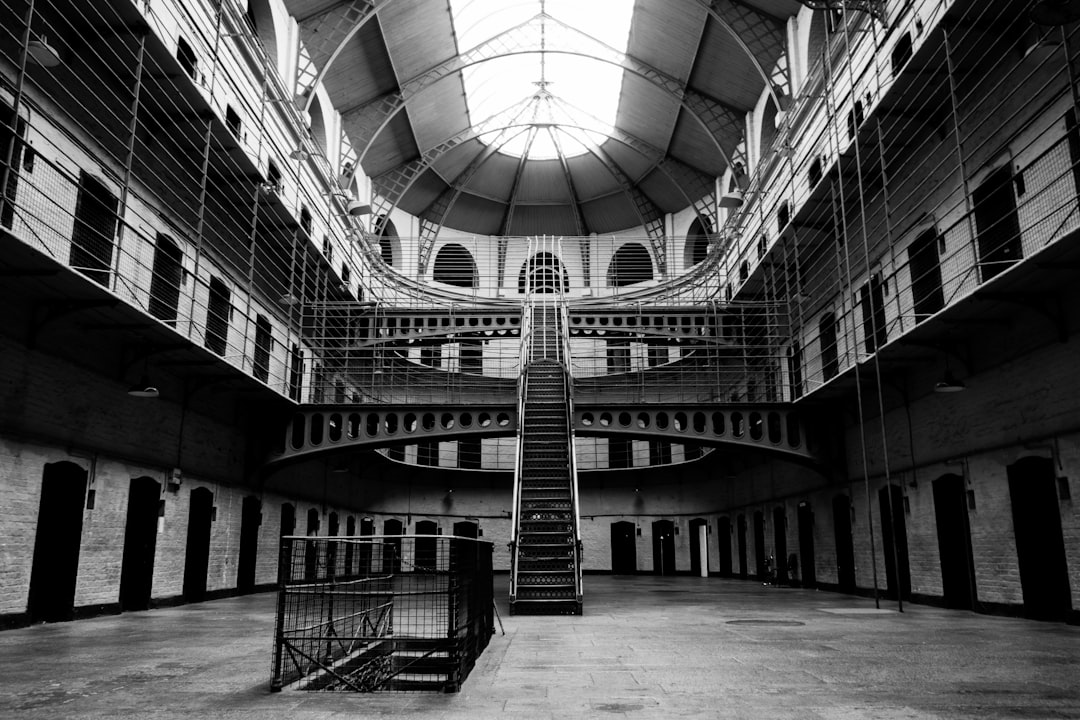What is it about?
Traditional accounting histories date the advent of sophisticated cost accounting to the mid-1880s. Research in recent years, however, has provided evidence of purposeful coat management during the British Industrial Revolution. Given the advances in capital accumulation techniques, market structure development, and technology, it might have been expected that British entrepreneurs would have appreciated the advantages that effective costing could provide. This article is a case study of the Carron Company, the huge Scottish ironworks, whose cost accounting methods were notably innovative during the period for which plentiful archival records exist: 1759-1786. Carron's utilisation and practice of cost management is examined in the areas of expenditure control; responsibility and departmental cost management; overhead allocation; cost comparisons and transfers; costs for decision-making; budgets, forecasts, and standards; and inventory control. The positive findings in all these activity areas contribute to the growths rehabilitation of British Industrial Revolution cost accounting as a precursor of 'the costing renaissance' a century later.
Featured Image
Read the Original
This page is a summary of: Managerial Accounting Early in the British Industrial Revolution: The Carron Company, a Case Study, Accounting and Business Research, June 1990, Taylor & Francis,
DOI: 10.1080/00014788.1990.9728879.
You can read the full text:
Contributors
The following have contributed to this page










